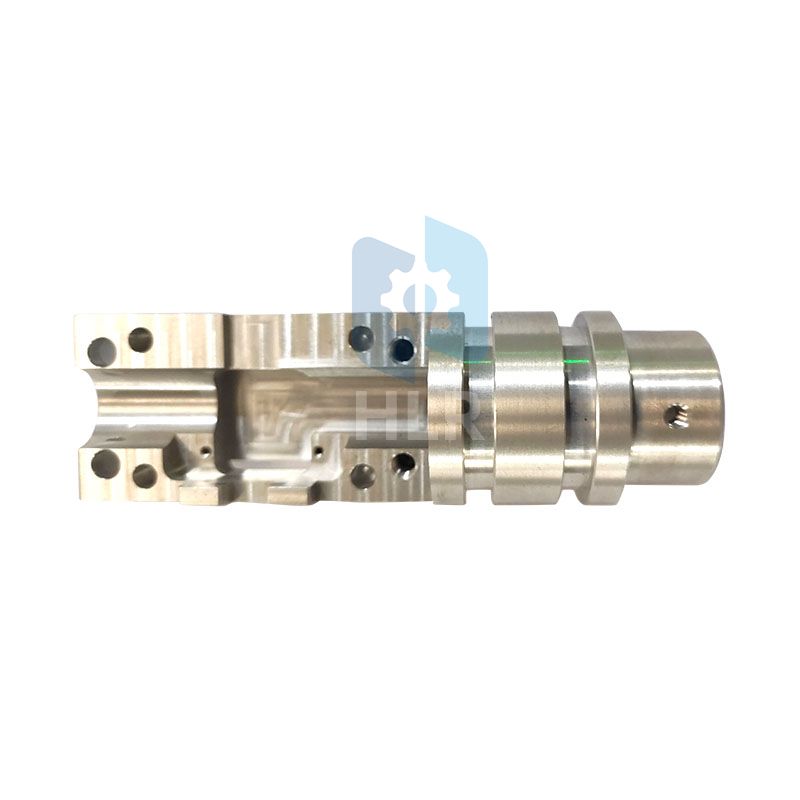Brief overview of CNC turning machining parts
2023-10-16
CNC turning is a precision machining process used to create cylindrical parts by removing material from a rotating workpiece. The process is carried out using a computer-controlled machine known as a CNC lathe. The lathe's cutting tool is fed into the rotating workpiece to produce the desired shape and dimensions. Here's a brief overview of CNC turning machining parts:
1. Workpiece: The workpiece is the raw material from which the final part will be machined. It is usually a cylindrical or rod-shaped piece of material, such as metal, plastic, or wood.
2. CNC Lathe: The CNC lathe is the machine tool used for CNC turning. It is capable of holding and rotating the workpiece while a cutting tool is precisely positioned to remove material and shape the part.
3. Chuck: The chuck is a device used to hold and secure the workpiece in place while it rotates during the machining process. Chucks come in various types, such as three-jaw, four-jaw, and collet chucks.
4. Cutting Tool: The cutting tool is a tool bit mounted on the lathe's tool turret or toolpost. It moves in various directions, controlled by the CNC program, to cut away material from the workpiece and create the desired shape.
5. Tool Turret: The tool turret is an indexing tool holder that can hold multiple cutting tools. It allows for automatic tool changes during the machining process without manual intervention.
6. Coolant System: CNC turning often involves the use of cutting fluids or coolants to lubricate the cutting tool and workpiece, reduce heat, and flush away chips generated during the cutting process.
The CNC turning process follows these general steps:
1. Design and Programming: The part's design is created using Computer-Aided Design (CAD) software. Then, a CNC program is generated using Computer-Aided Manufacturing (CAM) software. This program contains the instructions for the CNC lathe to follow during machining.
2. Workpiece Setup: The raw material (workpiece) is secured in the lathe's chuck or other holding devices.
3. Machining: The CNC lathe rotates the workpiece, and the cutting tool is fed into the material according to the programmed instructions. This removes material from the workpiece and shapes it into the desired form.
4. Quality Control: Throughout the machining process, parts are regularly inspected to ensure they meet the required specifications.
5. Finishing Operations: After the main turning process, additional operations like threading, grooving, knurling, and facing may be performed depending on the part's requirements.
6. Deburring and Cleaning: Once the machining is complete, the parts are often deburred and cleaned to remove any sharp edges or machining residue.
CNC turning is widely used in various industries to produce a wide range of precision parts, including shafts, bushings, connectors, fittings, and many other components with rotational symmetry. It offers high accuracy, repeatability, and the ability to produce complex shapes efficiently, making it a popular choice for manufacturing parts with tight tolerances.



